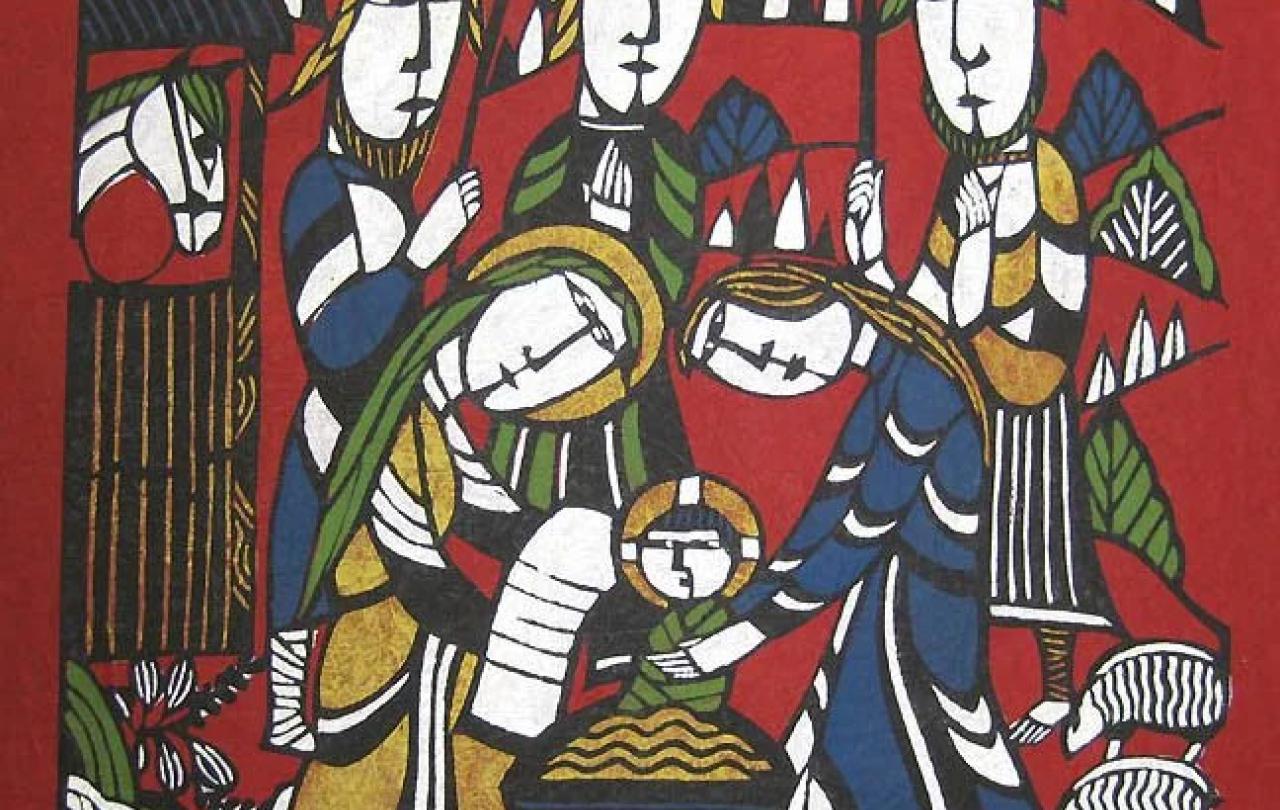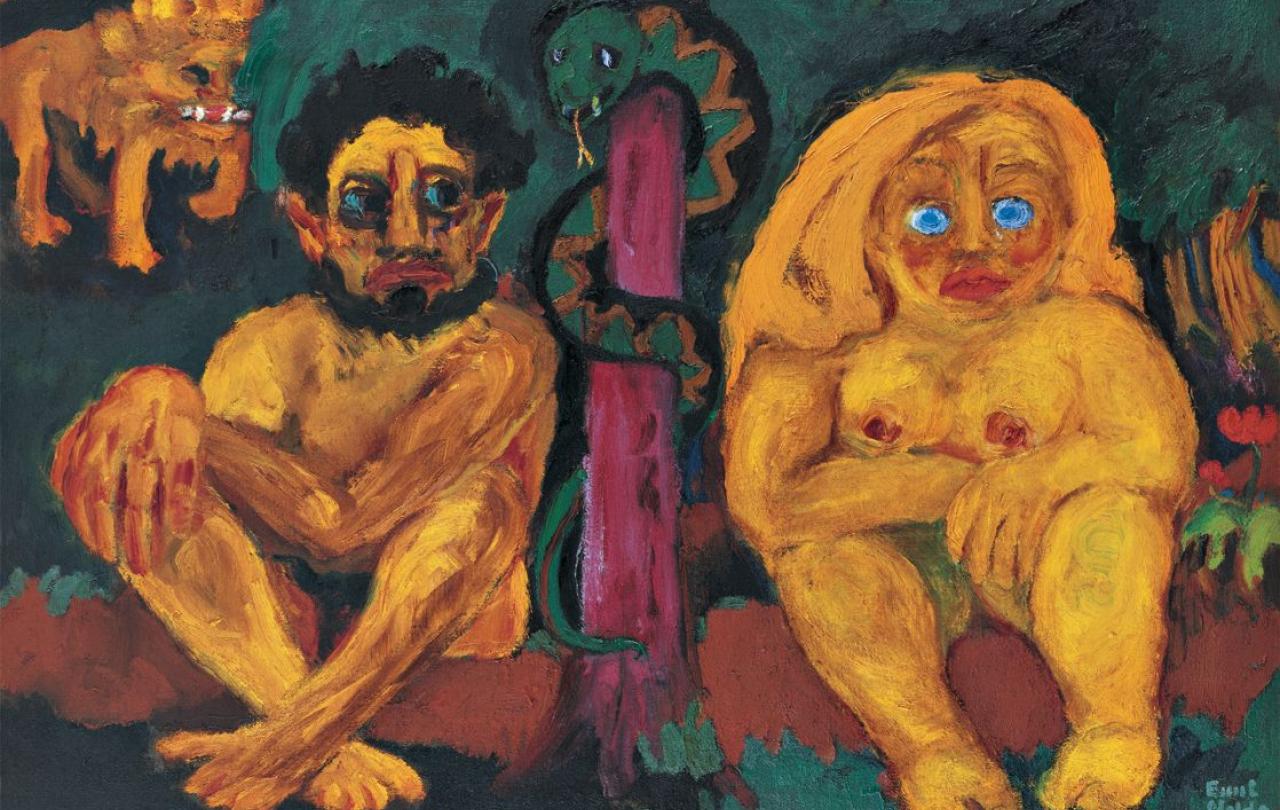Doubts about the honesty of The Salt Path, Raynor Winn’s memoir of walking the Southwest coastal path with her ill husband Moth, have raged in the past weeks. Investigations revealing the duo’s real names, financial history and the medical unlikelihood of the reversals in Moth’s degenerative condition, as presented in the book, provoked thousands of readers to express anger and disappointment at being duped. But being taken in and learning from it is part of being human: a lesson in how to trust more wisely, rather than not trusting at all
Last summer I was scam mugged on my local high street. Passing a frail pensioner pulling loose notes from his pocket, I picked up his fallen tenners and returned them. Six steps later, a woman shrieking I’d thieved her “granddad’s” money grabbed my arm. Cue a few minutes of struggling and shouting, before I got away, bruised and humiliated, but still gripping my bag. Vowed afterwards to always walk on by if I saw someone needing help on London’s streets, as it could be a set up.
But this detachment didn’t last. Being a goodish Samaritan is hardwired, even on the capital’s occasionally mean streets. We want to support and connect with our brothers and sisters. Withdrawal from our fellow citizens makes us more unsafe, not less. As Kaya Comer-Schwartz, London’s Deputy Mayor for Policing and Crime, said: “The safety of our town centres is more than just policing – it's about building stronger, more connected communities where everyone feels secure.”
Certainly, a police officer would have been a welcome sight while tussling with my would-be conwoman. But I was grateful to the handful of people who stopped, as they would be my witnesses if the assailant went full mugger, in frustration that the ploy for me to open my bag had gone awry.
Memoirs also entreat us to bear witness, explaining the betrayal felt by some of the Salt Path’s two million readers who invested emotion and empathy in its uplifting tale of a hard -done -by couple finding solace in nature. Identifying with the memoir’s midlife, everyman duo and believing a long trek through the Southwest is a silver bullet for homelessness, financial woes and degenerative medical conditions, does not make the Salt Path’s former fans saps, it makes them beautifully human.
Raynor and Moth’s unmasking as Sally and, still remarkably healthy, Tim Walker, who lost their Welsh farmhouse following accusations of embezzlement against Sally and owned a property in France when claiming to be homeless, has lifted the lid on the publishing industry’s hunger for real life stories, with morally simple, feelgood narrative arcs. Bonus points if the tale includes a “nature cure”, where nature is not just a balm for grief and pain, but somehow vanquishes it altogether. Fact checking takes a lower priority than shaping a story into a series of emotional hot button scenes, with a neat, satisfying ending. And publishers may be guilty of their own sleight-of-hand by incentivising booksellers to personally recommend to customers a list of predetermined titles, creating the aura of ‘word of mouth’ hits.
Mean Girls’ great line “Jealous much?” captures journalists’ enthusiasm, mine included, for the Salt Path scandal. How can bestseller success pass over writers with have spent decades crafting phrases like popular orange vegetable to avoid writing carrot twice, yet shine on Raynor/ Sally’s repetitive, clunky prose? ”We lost. Lost the case. Lost the house.” Her dizzying ascent from unknown debut non-fiction author, with only a piece in the Big Issue to her name, to a book deal with Penguin, seems to other writers a mystery as great as anything in her trekking tale.
Feeling deceived unleashes these dark, unpalatable emotions such as envy and desire for revenge. I long nourished fantasies of catching the scammers in action and deflecting their next victim by shouting “Look! Granddad’s dropping his money again,” before handily nearby forces of law and order brought them to book. Even if you lose little materially from a con, the loss of dignity and sense of agency from becoming a mark, a manipulated, dehumanised bit player in another’s exploitive narrative, takes time to get over.
Popular accounts of online romance fraud feel designed to give audiences a sense of superiority, ‘I’d see that coming a mile off’, over the victims, reinforcing their sense of shame. Yet evidently with many thousands being lured by romance fraud, the perpetrators use effective psychological coercion techniques. Omniscient superiority needs to be replaced with empathy and support for fleeced, broken-hearted victims.
Grifters are part of life, but their reductive, empathy-free, world view does not have to be. As singer Nick Cave’s counsels, cynicism is not the answer: "Cynicism is not a neutral position — and although it asks almost nothing of us, it is highly infectious and unbelievably destructive. In my view, it is the most common and easy of evils.”
Religious origin stories, including the Garden of Eden, contain an element of falling for a trick. Eve does the serpent’s bidding, and she and Adam are banished from paradise. “So he drove out the man; and he placed at the east of the garden of Eden Cherubims, and a flaming sword which turned every way, to keep the way of the tree of life.” Emil Nolde’s painting Paradise Lost, 1921, catches perfectly the moment the penny drops with Adam and Eve on the consequences of falling for the serpent. Yet by the following chapter of Genesis they start a family, moving on with life with new insight.
To never confront disappointment would be to remain as an infant, without the opportunities to grow and develop as adults.
In the Good Samaritan, one of the best-known parables, Jesus transforms the categorising question ‘who is my neighbour?’ into the universal quest of ‘how can I be a better neighbour’? Our bonds with our communities, a sense of shared humanity are the best, possibly the only defence, against those who would mislead us or do us harm.
Celebrated American journalist Ira Glass said: “Great stories happen to those who can tell them.” Published in 2018, The Salt Path’s direct, film-like scenes of survival against the odds and against the elements, would have resonated with all the people who saw their security and lifestyle nosedive after the 2008 financial crash, never to recover. Suspending disbelief, Raynor and Moth’s 620-mile wild camping trek, represented a symbolic railing against a heartless economic system.
My experience of the penny dropping a fraction too late to escape the scammers, has made me revise my self image as a streetwise Londoner. On my way to pick up holiday money that afternoon, my head was full of travel plans rather than focused on the here and now, a tendency I must curb.
If my assailant was writing her memoir I like to think our scrap would be the opening chapter, where she is at a crossroads of having to mug somebody in broad daylight, with a small, attentive audience, or rethink her street hustling career. Dressed in a fake leather biker jacket on a hot summer day - the smell lingers in my olfactory memory - her outfit was possibly an homage to Catherine Zeta Jones’ catsuit in Entrapment. As we know from all the TV series on con artists, looking the part is key.
Finding out the reality of her life since I broke free of her grip 11 months ago would not be hard, as she is now stationed outside Premier Foods by the tube station, in much scruffier clothes, asking for a pound for water. This sideways, or probably downwards move, in the street economy appears to be working out for her, and the peace of the neighbourhood.
Despite having lived in small rural communities for decades, throughout all The Salt Path controversy, nobody has come forward to say the Winns / Walkers were good neighbours. Setting this right could be their next adventure and next bestseller.






